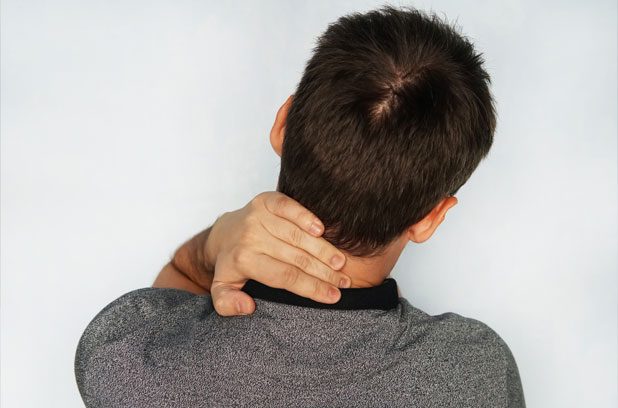Movement Disorder (Cervical Dystonia): Symptoms, Causes, and Treatment Options
Cervical dystonia, also known as spasmodic torticollis, is a painful neurological movement disorder that causes involuntary muscle contractions in the neck. These contractions lead to abnormal head positions, repetitive movements, and discomfort. While the exact cause of cervical dystonia is unknown, various treatment options can help manage symptoms and improve quality of life. This article explores cervical dystonia, its causes, symptoms, and effective treatment approaches.


What Is Cervical Dystonia?
Cervical dystonia is a type of focal dystonia that primarily affects the neck muscles, causing involuntary twisting or tilting of the head. The condition can develop at any age but is most commonly diagnosed in middle-aged adults, with women being more frequently affected than men.
Common Symptoms of Cervical Dystonia
The symptoms of cervical dystonia can vary in severity and may include:
- Involuntary neck muscle contractions leading to abnormal head positions.
- Head tilting or turning in one direction (e.g., forward, backward, or sideways).
- Neck pain and muscle stiffness that can radiate to the shoulders.
- Tremors in the head or neck, sometimes accompanied by jerking movements.
- Difficulty maintaining head control, leading to discomfort during daily activities.
Causes and Risk Factors
The exact cause of cervical dystonia is still unclear, but researchers believe it may be linked to abnormal functioning of the basal ganglia, the part of the brain responsible for muscle control. Potential risk factors include:
- Genetic predisposition – A family history of dystonia or movement disorders may increase the likelihood of developing cervical dystonia.
- Neurological conditions – Some cases are associated with disorders such as Parkinson’s disease or Wilson’s disease.
- Head or neck trauma – Previous injuries to the neck or upper spine may trigger dystonia in some individuals.
- Medication reactions – Certain drugs, particularly dopamine-blocking agents, may contribute to dystonic symptoms.

Treatment Options for Cervical Dystonia
While there is no known cure for cervical dystonia, several treatments can help manage symptoms, reduce muscle spasms, and improve quality of life.
1. Botulinum Toxin (Botox) Injections
Botox injections are the gold standard for treating cervical dystonia. By blocking nerve signals to the overactive muscles, Botox helps reduce involuntary contractions and improve neck posture.
- Effects typically last 3 to 4 months before a follow-up injection is needed.
- Treatment results vary, but many patients experience significant symptom relief.
2. Oral Medications
Certain medications can help alleviate muscle stiffness and tremors, including:
- Anticholinergics (e.g., Trihexyphenidyl, Benztropine) – Reduce muscle spasms by blocking nerve signals.
- Muscle relaxants (e.g., Baclofen, Diazepam) – Help ease muscle stiffness and tension.
- Dopamine-modulating drugs (e.g., Levodopa, Tetrabenazine) – May help in some cases by influencing neurotransmitter activity.
3. Physical Therapy and Rehabilitation
Physical therapy can enhance mobility and decrease muscle tightness through:
- Stretching exercises to improve flexibility and range of motion.
- Strength training to support better posture and muscle balance.
- Sensory tricks (geste antagoniste) – Light touch techniques that help momentarily reduce muscle spasms.
- Postural training to retrain the muscles and improve alignment.
4. Deep Brain Stimulation (DBS)
For severe cases that do not respond well to Botox or medications, deep brain stimulation (DBS) may be an option. This surgical procedure involves implanting electrodes in the brain to regulate abnormal signals responsible for muscle contractions. DBS has shown promising results in reducing symptoms for individuals with persistent or disabling cervical dystonia.
5. Complementary and Alternative Therapies
Some patients find relief through alternative treatments such as:
- Acupuncture – May help alleviate muscle tightness and discomfort.
- Massage therapy – Can reduce muscle stiffness and improve circulation.
- Yoga and mindfulness techniques – Help improve relaxation and overall well-being.
- Biofeedback therapy – Teaches individuals how to control muscle activity through visual or auditory feedback.

